Implementing and Maintaining Information Systems
Course Purpose People credited with this unit standard are able to describe and participate in the study, acquisition, implementation and maintenance information systems in an accounting environment. What you’ll learn This course on ‘Contribute to the implementation, post-implementation review, and …
Overview
Course Purpose
People credited with this unit standard are able to describe and participate in the study, acquisition, implementation and maintenance information systems in an accounting environment.
What you’ll learn
This course on ‘Contribute to the implementation, post-implementation review, and maintenance of information systems’ equips participants with the ability to describe and engage in the study, acquisition, implementation, and maintenance of information systems within an accounting environment.
 Duration: 1 Day
Duration: 1 Day
Featured Course
Conduct communication within a business environment
Course Curriculum
Curriculum
Curriculum
- 8 Sections
- 49 Lessons
- 1 Day
- Unit 1: Describe the basic concepts of information systemsASSESSMENT CRITERIA11
- 0.0The concepts of “systems” and “systems thinking” are explained and the types of systems (e.g., stable, simple, open, closed) are named
- 0.1The common characteristics of systems (e.g., subsystems, system boundaries, redundancy, entropy) are named and illustrated
- 0.2The elements of a control/feedback system and the function of each element (e.g., input, process, output, sensor, criteria, activator) are described
- 0.3The nature, types, sources and characteristics of information are compared
- 0.4The relationship between data and information are described
- 0.5The uses, significance and competitive advantage of information are defined
- 0.6The characteristics of each category of the system which can be identified by who in an organisation uses the output from the system (e.g., transaction processing, MIS) are described
- 0.7The characteristics of each category of the system which can be identified by where and when the processing is done (e.g., batch, on-line, centralised, distributed, client-server) are described
- 0.8The phases in the systems development life cycle and the deliverables from each phase are described and the roles and responsibilities of the people involved in developing or maintaining systems.
- 0.9The diagrammatic representation of systems (e.g., data flow, diagrams, hierarchical charts) is explained.
- 0.10An individual’s right to privacy and the possible conflicts between these rights and the use of information systems (e.g., unwanted consequences of sharing information (junk mail) are described
- Unit 2: Identify basic issues that determine the way computer-based information systems are implementedASSESSMENT CRITERIA9
- 0.0The opportunities, advantages and risks of using computers in business are discussed.
- 0.1The advantages and disadvantages of purchasing versus developing application software are contrasted
- 0.2The methods, advantages and disadvantages of developing an information system (e.g., end-user computing, in-house development, prototyping, application development tools) are described.
- 0.3The procedures for determining the advantages and disadvantages of using software houses/bureaus to develop information systems (e.g., a request for quotation) are described.
- 0.4The changing role of the user in systems implementation (e.g., from a passive spectator to end-user computing and joint application development sessions) is described.
- 0.5The impact of computer/information technology on society (e.g., ethics, privacy, property rights/intellectual property) is described.
- 0.6The impact of computers/information technology on organisations and the work environments (e.g., change of culture, computer crime, human error and computer malfunction, quality of work life) is described.
- 0.7he impact of computers/information technology on information systems (e.g., increased value of information, risks, controls) is described.
- 0.8The impact of computers/information technology on current legislation (e.g., copyright and privacy laws) is described.
- Unit 3: Participate in conducting feasibility studiesASSESSMENT CRITERIA3
- 0.0The categories of systems feasibility (e.g., technical, economic, operational, schedule, legal) are named.
- 0.1Cost/benefit analyses of information systems are prepared.
- 0.2Using common techniques to make system selection evaluations (e.g., bench-mark tests, volume sizing, systems sizing) are assisted.
- Unit 4: Specify user information systems requirementsASSESSMENT CRITERIA5
- 0.0The functions of, and information required from a system which is to be implemented are specified.
- 0.1The characteristics required of the system which is to be implemented (e.g., availability, maintainability, usability) are suggested.
- 0.2The appropriate person-machine interfaces of the system are specified.
- 0.3The corporate information required for the company’s database which the system must provide is identified.
- 0.4The systems control requirements enabling the system to be audited (e.g., audit trail, levels/types of security) are suggested.
- Unit 5: Contribute to the implementation of information systemsASSESSMENT CRITERIA6
- 0.0Project team contribution in system implementation is conducted in a participative manner
- 0.1End-user computing facilities (associated with an information centre) are utilised to implement systems
- 0.2The types of testing and the goal of each type, which should be concluded before a system is installed is described
- 0.3Appropriate test data and test procedures which should be performed successfully before the user accepts a system are identified
- 0.4The steps in installing information systems, and who is responsible for each step (e.g., hardware acquisition, staff training, site preparation) are named
- 0.5The advantages and disadvantages of the types of systems conversion/methods of changeover (e.g., direct conversion, phased conversion, parallel conversion, pilot conversion) are named
- Unit 6: Conduct post-implementation reviews of information systemsASSESSMENT CRITERIA5
- 0.0Appropriate timeframes to follow different types of post-implementation review procedures (e.g., event-driven reviews, time-driven reviews) are determined
- 0.1The factors which must be considered during a post-implementation review (e.g., link between organization’s mission and the system, system’s performance, implementation costs) are named
- 0.2The actual performance of all system components with their expected performance (e.g., hardware, software, networks, procedures, personnel) are compared
- 0.3The success of the system (e.g., extent to which documented user requirements met) is measured
- 0.4A system’s benefits and costs are determined
- Unit 7: Identify types of system maintenance and describe techniques for maintaining and upgrading systemsASSESSMENT CRITERIA4
- 0.0The causes of changes which may need to be made to installed systems (e.g., new user request, technical enhancements, errors in design) are named
- 0.1The types of maintenance, and when each type is appropriate (e.g., patch, release) are identified and described
- 0.2The relationship between maintenance and design (e.g., good design, less expensive maintenance) is defined
- 0.3The financial implication of maintenance (e.g., increase in system’s age increases maintenance costs) is determined and described
- Unit 8: Establish and evaluate procedure for acquiring information system componentsASSESSMENT CRITERIA6
- 0.0The advantages and disadvantages of purchasing, leasing, or renting hardware are named
- 0.1The advantages and disadvantages of building or buying application software are named
- 0.2The steps which should be followed when selecting system components (e.g., document user requirements, document request for proposal, select appropriate software, evaluate possible hardware options) are described
- 0.3The factors which should be considered when selecting application software (e.g., functionality, quality cost, vendor support, hardware platform required) are listed
- 0.4The factors which should be considered when evaluating hardware options (e.g., performance, cost, vendor support) are listed
- 0.5The factors to consider when selecting a vendor (e.g., financial availability, quality of after-sales service, extent of user training offered) are listed
Requirements
- Grade 10
- NQF Level 5







